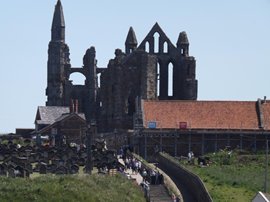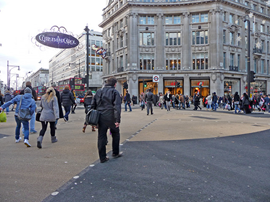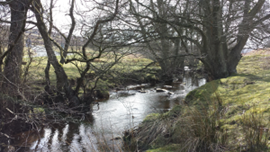Historic buildings definition
Approved document E: Resistance to the passage of sound, defines ‘historic buildings’ as:
- Listed buildings.
- Buildings situated in conservation areas.
- Buildings which are of architectural and historical interest and which are referred to as a material consideration in a local authority’s development plan.
- Buildings of architectural and historical interest within national parks, areas of outstanding natural beauty, and world heritage sites.
- Vernacular buildings of traditional form and construction.
An historic building is generally considered to be a building or structure that has some kind of 'historic value', i.e. people in the present are connected to it via past events in some way. This value warrants it being afforded consideration in planning decisions that have to be made concerning it.
A building may hold special historic interest because of its importance with respect to a particular historical event or period, or be associated with nationally important people. Alternatively, there might be special historic interest in the building itself, i.e. its construction methods, design, architectural significance, and so on.
Energy Efficiency and Historic Buildings, Application of Part L of the Building Regulations to Historic and Traditionally Constructed Buildings, published by Historic England in 2017, suggests that:
‘For the purposes of the interpretation of the energy efficiency requirements of the Building Regulations, Approved Documents L1B and L2B, and this series of documents, ‘historic buildings’ are defined as those which meet at least one of the following criteria:
- Listed in accordance with section 1 of the Planning (Listed Buildings and Conservation Areas) Act 1990 at Grades I, II* or II.
- In a conservation area designated in accordance with section 69 of that Act.
- Included in the schedule of monuments maintained under section 1 of the Ancient Monuments and Archaeological Areas Act 1979.
- Buildings which are of architectural and historical interest and which are referred to as a material consideration in a local authority’s development plan or local development framework.
- Buildings which are of architectural and historical interest within national parks, areas of outstanding natural beauty, registered historic parks and gardens, registered battlefields, the curtilages of scheduled ancient monuments, and world heritage sites.’
[edit] Related articles on Designing Buildings Wiki
IHBC NewsBlog
Notre-Dame Cathedral of Paris reopening: 7-8 December
The reopening is in time for Christmas 2025.
Stirling Prize-winning Salford building to be demolished
The Centenary Building will be bulldozed as part of the wider £2.5bn Crescent regeneration project
Volunteers work to transform 100-year-old ‘hidden’ building into bothy
The building, named Druimnashallag, is located southeast of Oban.
The new ‘Arches for HERs’ Demo site, from the Getty Conservation Institute via HE
It shows how organisations responsible for historic environment records (HER) management can benefit from its powerful features.
ICOMOS-CIF 2024 Symposium celebrates 40th anniversary in Venice
It aims to critically review current practices and theories of conservation of built heritage around the world, and more.
HES establishes new national centre for retrofit of traditional buildings
HES plans to develop the centre follows £1m of funding from UKRI Arts and Humanities Research Council.
High Court rejects oral appeal against tower block decision in historic Bloomsbury
The request was for a full Judicial Review hearing against Camden Council’s approval of a 74m-high tower block in Bloomsbury.
Mayor of London and Government announce bold plans to transform Oxford Street
Plans include turning the road into a traffic-free pedestrianised avenue, creating a beautiful public space.
Crystal Palace Subway, for 160th anniversary
The remarkable Grade II* listed Crystal Palace Subway in South London begins a new era following major restoration.
National Trust brings nature back to an area twice the size of Manchester in less than a decade
The National Trust has achieved its aim of creating or restoring 25,000 hectares of priority habitat on its land by 2025.
















